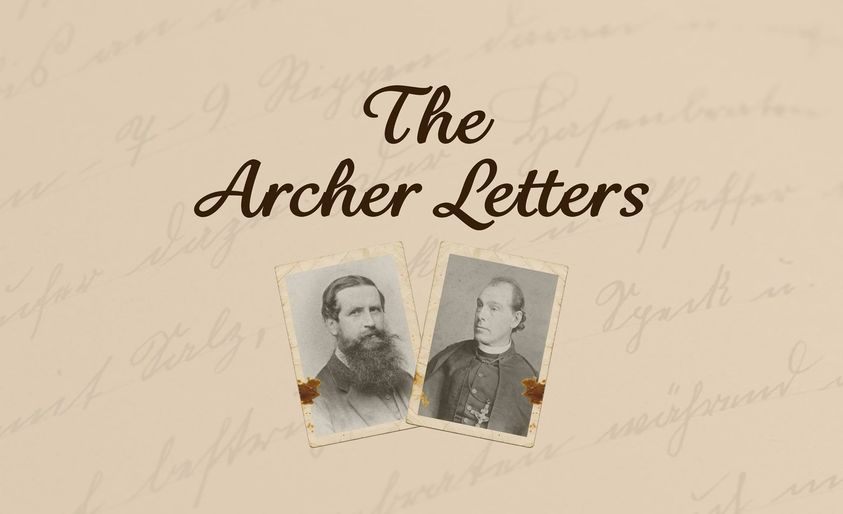The Archer Letters – Letter Thirteen
July 2, 2024
In a letter written from South Brisbane on 4.12.1873, we see for the first time Fr Julian Tenison Woods using the †JMJ sign at the beginning of his letters.
We also learn a little more of the Archer family (both the high and low moments of their life) and of Fr Julian’s time in Northern Queensland. He describes being ill from ague, a malarial disease consisting of fever, chills and sweating. Little wonder that he expressed the wish to spend summer in the cooler climate of Tasmania!
The Archer Letters – Letter Eleven

View Letter 11 written from Fitzroy Terrace in Melbourne on 1 September 1866:
